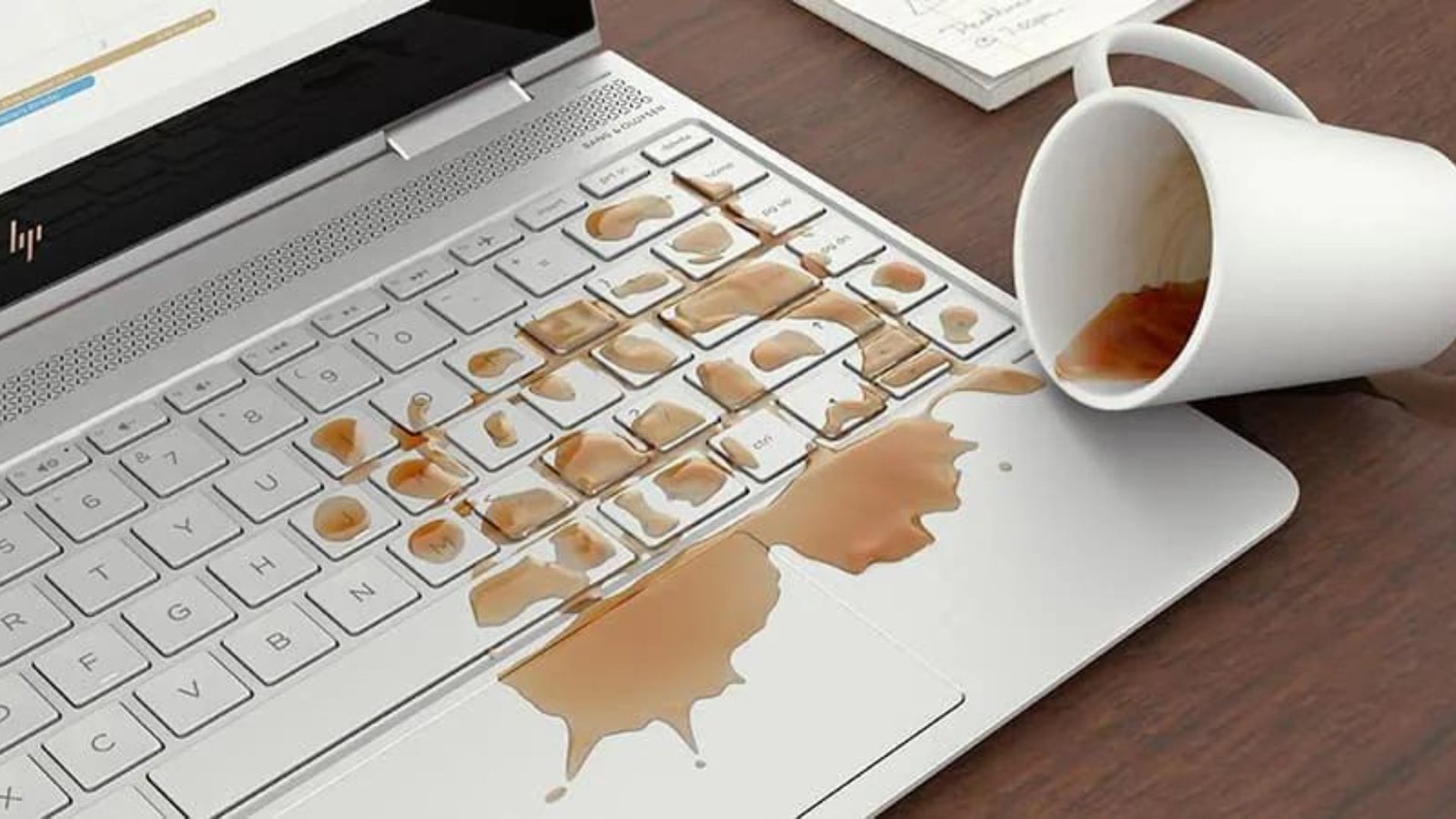Choosing the right personal computer can be overwhelming, especially if you’re new to the process. A personal computer buying guide for beginners helps simplify the decision-making process by focusing on essential features, types, and considerations. Here’s a straightforward guide to help you find the best PC for your needs.

1. Determine Your Needs
What Will You Use the PC For?
Understanding your primary use will guide your choices:
- Basic Tasks: For web browsing, word processing, and streaming, a budget PC with basic specs will suffice.
- Gaming: Look for a high-performance PC with a powerful graphics card and a fast processor.
- Professional Work: For tasks like video editing or software development, opt for a PC with a strong processor, ample RAM, and fast storage.
2. Choose Between a Desktop and a Laptop
Desktops
- Pros: Typically offer more power for the price, easier to upgrade, and better cooling.
- Cons: Less portable and requires a dedicated workspace.
Laptops
- Pros: Portable and convenient for working on the go, integrated components.
- Cons: Generally more expensive than desktops with similar specs, limited upgrade options.
3. Key Specifications to Consider
1. Processor (CPU)
- What It Is: The CPU is the heart of your computer, affecting overall performance.
- Recommended: For basic use, an Intel Core i3 or AMD Ryzen 3 is enough. For gaming or professional tasks, look for Intel Core i5/i7 or AMD Ryzen 5/7.
2. Memory (RAM)
- What It Is: RAM affects your computer’s ability to handle multiple tasks.
- Recommended: At least 8GB of RAM for general use. For gaming or professional work, 16GB or more is preferable.
3. Storage
- What It Is: Storage determines how much data you can save on your PC.
- Recommended: SSDs (Solid-State Drives) are faster than HDDs (Hard Disk Drives). A 256GB SSD is a good start, with 512GB or more for heavy users.
4. Graphics Card (GPU)
- What It Is: The GPU handles rendering of images and videos.
- Recommended: Integrated graphics are fine for general use. For gaming or graphic-intensive tasks, look for dedicated GPUs like NVIDIA GeForce or AMD Radeon.
5. Display
- What It Is: The screen quality and size.
- Recommended: For desktops, a 24-inch Full HD monitor is standard. For laptops, a 14 to 16-inch display with at least Full HD resolution is ideal.
6. Battery Life (For Laptops)
- What It Is: How long your laptop runs on a single charge.
- Recommended: Aim for at least 8 hours of battery life for all-day use.
4. Additional Features to Consider
1. Connectivity
- What It Is: The types and number of ports available.
- Recommended: Ensure there are USB ports, HDMI, and Ethernet (for desktops). For laptops, Wi-Fi 6 and Bluetooth support are useful.
2. Build Quality
- What It Is: The durability and design of the PC.
- Recommended: Look for solid construction and materials. For laptops, consider weight and portability.
3. Upgradeability
- What It Is: The ability to add or replace components.
- Recommended: Desktops are generally easier to upgrade. For laptops, check if RAM and storage can be upgraded.
5. Set a Budget
Determine Your Price Range
- Budget PCs: $300 – $600. Suitable for basic tasks and light use.
- Mid-Range PCs: $600 – $1,200. Ideal for gaming, multimedia, and professional tasks.
- High-End PCs: $1,200 and above. Best for demanding applications and high-performance needs.
6. Read Reviews and Compare Models
Check User Reviews
- What It Is: Insights from other users about performance and reliability.
- Recommended: Look for reviews on multiple sites to get a balanced view.
Compare Models
- What It Is: Evaluating different PCs based on specs and price.
- Recommended: Use comparison tools and websites to find the best option within your budget.
Conclusion
A personal computer buying guide for beginners helps simplify the process of choosing the right PC. By understanding your needs, choosing between desktops and laptops, and considering key specifications like the processor, RAM, and storage, you can make an informed decision. Set a budget, check reviews, and compare models to find the best personal computer for your needs.











